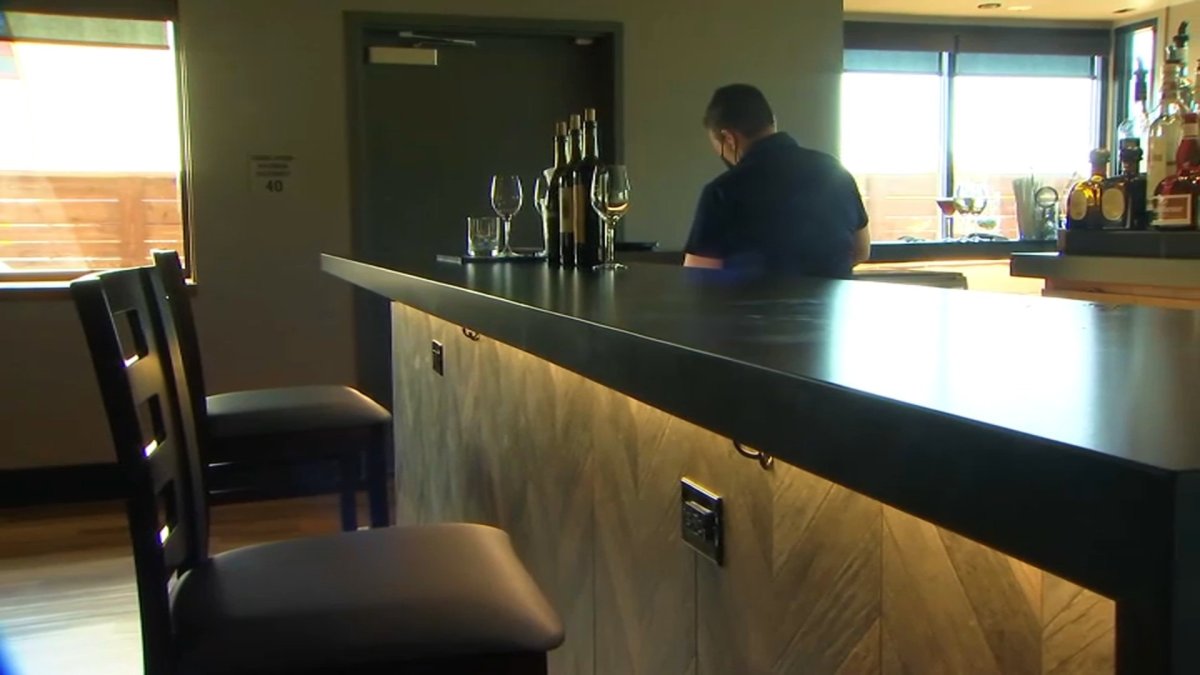
Alameda, San Mateo and Solano counties moved out of the state's most restrictive coronavirus reopening tier Tuesday, allowing them to resume modified indoor operations at certain businesses like gyms and indoor malls.
More than a half-dozen counties changed tiers Tuesday, the most since the state changed to its color-coded tier system at the end of August.
In addition to the three Bay Area counties, Riverside and San Luis Obispo counties also moved out of the most restrictive tier while El Dorado, Lassen, Nevada and Mariposa counties each moved to one of the two least restrictive tiers.
Alameda, San Mateo and Solano counties had been in the Widespread tier, also frequently denoted as Tier 1 or the purple tier, since the new system went into effect due to high case counts and testing positivity rates relative to their populations.
To move out of the Widespread tier, which replaced the state's coronavirus monitoring list, a county must for two consecutive weeks have fewer than seven new cases per day per 100,000 residents and a test positivity rate below 8 percent.
Counties that move up a tier must then stay in that tier for at least three weeks before they can move to the next, less restrictive tier.
"We want to be slow and stringent," state Health and Human Services Secretary Dr. Mark Ghaly said. "So, as we move forward, we can be best prepared in case we see some increase in transmission, that it doesn't cause us to take one giant step backwards."
With the five counties moving from the Widespread tier to Tier 2, the Substantial or red tier, they will be allowed to resume indoor operations at retail stores, indoor malls, personal care services like skin care and nail services, museums, places of worship, movie theaters, gyms and restaurants with modified capacities.
In addition, K-12 schools will be allowed to resume indoor classes once the county has been in Tier 2 for at least 14 days.
As of Tuesday, only Sonoma, Contra Costa and Monterey counties remained in Tier 1 among the greater Bay Area counties.
Among them, only Contra Costa County is on track to move to Tier 2 next Tuesday, with a case rate per 100,000 of 6.5 and a test positivity rate of 4 percent.
Statewide, cases continued to trend down over the last week, according to Ghaly and Dr. Erica Pan, the state's acting public health officer.
New coronavirus cases per day per 100,000 residents fell to 6.4 percent statewide while the state's test positivity rate is down to 3.6 percent. Over the last seven days, the positivity rate is at 3 percent.
That decrease allowed Ghaly to announce Tuesday that nail salons would be allowed to open statewide for all four tiers.
Pan and Ghaly credited the state's efforts to speed up the turnaround time for coronavirus tests for helping public health officials contain outbreaks before they happen through patient isolation and contact tracing.
"Laboratories across the state are reporting results in 1.2 days, with 69 percent being reported within one day and 90 percent within two days," Pan said.
Ghaly also argued that the tier system has made it easier for local health officials and state residents to understand the steps needed to reopen various business sectors and the importance of widespread testing.
"(W)e've seen a number of proof points that this is indeed a simpler way to communicate and work with our counties and frankly our entire public," he said.